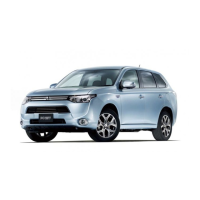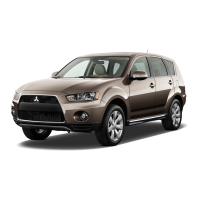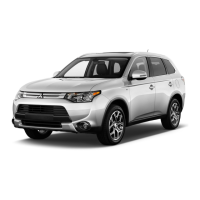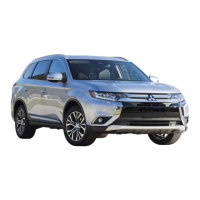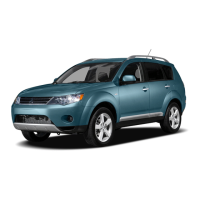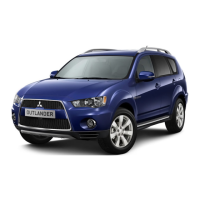CAUTION
l
For vehicle equipped with the Adaptive
Cruise Control system (ACC) and Forward
Collision Mitigation system (FCM), stop
these systems to prevent an unexpected acci-
dent or unexpected operation during towing.
Refer to “Adaptive Cruise Control system
(ACC)” on page 7-55 and “Forward Colli-
sion Mitigation system (FCM)” on page
7-67.
3. Put the select position in “N” (NEU-
TRAL) position.
4. Turn on the hazard warning lamps if re-
quired by law. (Follow the local driving
laws and regulations.)
5. During towing make sure that close con-
tact is maintained between the drivers of
both vehicles, and that the vehicles trav-
el at low speed.
WARNING
l
Avoid sudden braking, acceleration and
steering wheel movements; such driving
operation could cause damage to the tow-
ing hook or tow rope.
People in the vicinity could be injured as a
result.
l
When going down a long slope, the brakes
may overheat, reducing effectiveness.
Have your vehicle transported by a tow
truck.
CAUTION
l
The person in the vehicle being towed must
pay attention to the brake lamps of the tow-
ing vehicle and make sure the rope never be-
comes slack.
l
When the vehicle is to be towed by another
vehicle with all the wheels on the ground,
make sure that the towing speed and dis-
tance given below are never exceeded,
avoiding damage to the transaxle.
Towing speed: 30 km/h (19 mph)
Towing distance: 30 km
For the towing speed and the towing dis-
tance, follow the local driving laws and reg-
ulations.
If your vehicle tows another ve-
hicle
Only use the rear towing hook as shown in
the illustration.
Secure the tow rope to the rear towing hook.
Otherwise, the instructions are the same as
for “When being towed by another vehicle”.
NOTE
l
Using any part other than the designated
towing hook could result in damage to vehi-
cle body.
l
Do not tow a vehicle heavier than your own
vehicle.
Towing
9-20
OGGE19E1
For emergencies
9

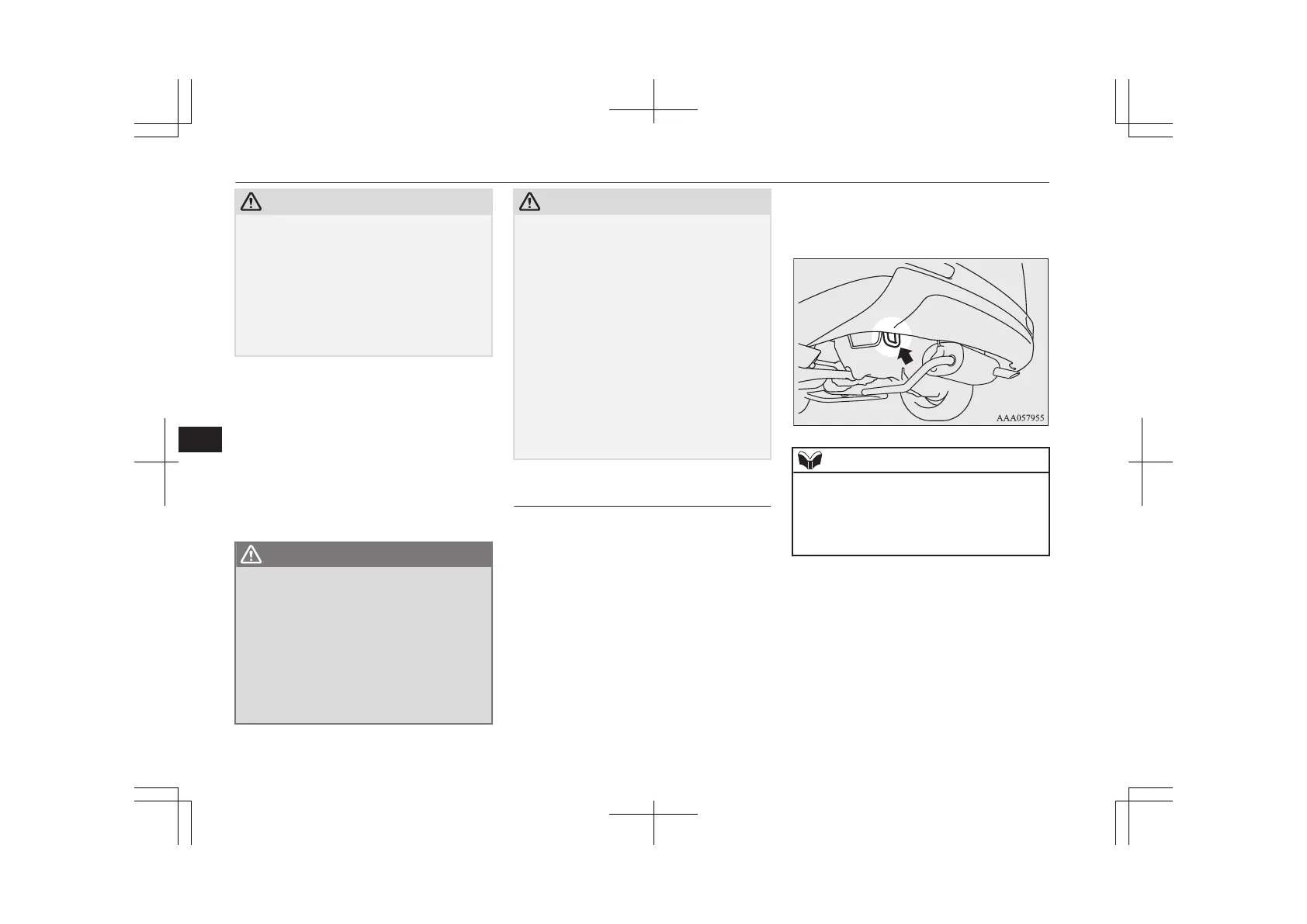